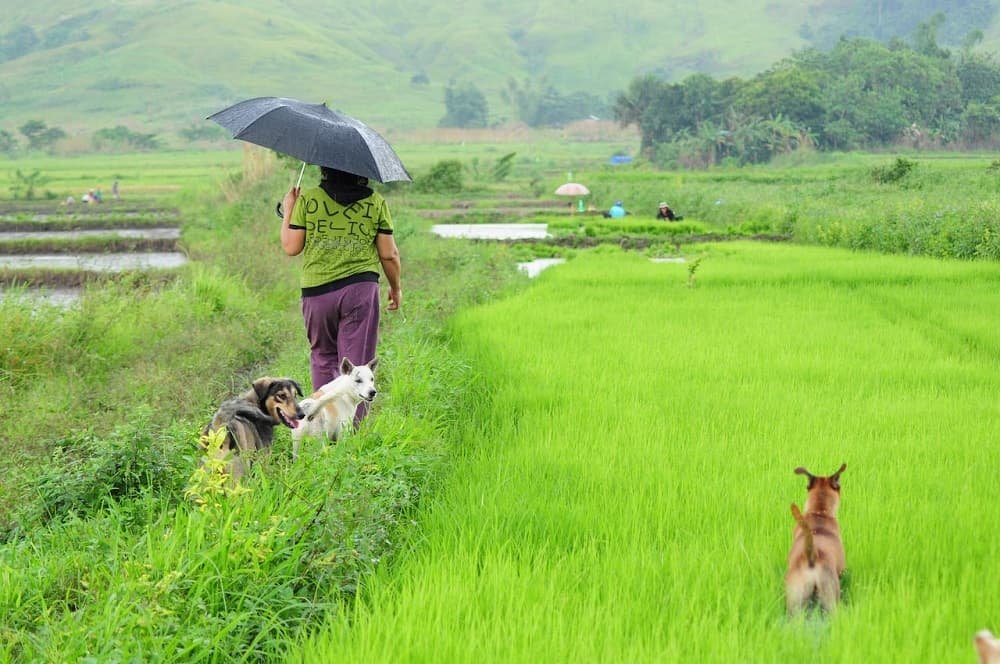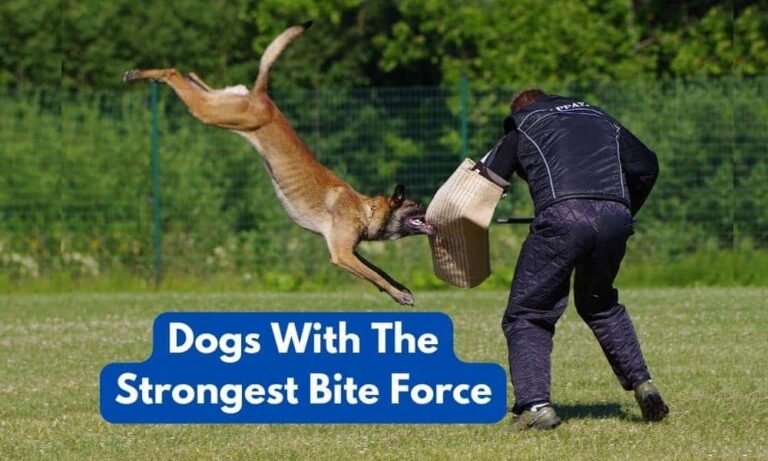Working Dogs: The Unsung Heroes of the Farm

In the pastoral scenes of rural landscapes and bustling activities of farms, there are often overlooked yet integral members – the working dogs. These canine companions are not just pets; they are crucial to the daily operations on farms worldwide.
From herding livestock to protecting property, working dogs demonstrate intelligence, loyalty, and an unwavering work ethic, making them the true unsung heroes of the farm.
The History and Evolution of Farm Dogs
The bond between dogs and humans dates back thousands of years, with dogs being one of the first animals to be domesticated. Initially, dogs were used primarily for hunting and guarding. However, as agriculture developed, so did the role of dogs on farms.
Specific breeds were developed to assist with herding, guarding, and other farm tasks, each selected for traits ideal for their specific roles.

Roles of Working Dogs on Farms
1. Herding Dogs
Perhaps the most iconic farm dogs are the herders. Breeds like the Australian Shepherd, Border Collie, and Kelpie are known for their ability to control the movement of livestock. With sharp intelligence and an innate understanding of herd dynamics, these dogs can maneuver sheep, cattle, and other animals with precision and minimal guidance.
2. Livestock Guardian Dogs
Guardian breeds such as the Great Pyrenees, Anatolian Shepherd, and Maremma Sheepdog play a critical role in protecting livestock from predators. Unlike herding dogs, guardian dogs live with the flock, developing a bond with the animals they protect. Their presence alone can deter predators like wolves, coyotes, and even thieves.
3. Multi-Purpose Farm Dogs
Some breeds are known for their versatility, capable of both herding and guarding. Breeds like the Belgian Malinois and German Shepherd can switch roles, proving invaluable for smaller farms that need dogs to perform multiple tasks.
The Training of Working Farm Dogs
Training a working farm dog is a long-term commitment and starts from a young age. The process involves teaching basic obedience, followed by specialized training for their specific role.
Herding dogs, for instance, are taught commands to move livestock in various directions, while guardian dogs are socialized to be with livestock and understand their protective role.
Experienced trainers often use positive reinforcement methods, capitalizing on the dog’s natural instincts and willingness to please. The bond that develops between a farmer and their working dog during training is profound, often resulting in a deep mutual respect and understanding.
The Intelligence and Instinct of Working Dogs
What sets working farm dogs apart is their remarkable intelligence and instinct. Herding dogs, for example, have an innate ability to read and anticipate the movements of livestock. They also possess a unique sensitivity to their handler’s commands, often responding to whistles or hand signals from significant distances.
Guardian dogs exhibit strong protective instincts, often acting independently to keep their flock safe. Their ability to assess threats and react accordingly is a result of both instinct and training.
The Physical and Mental Demands
Working on a farm is physically and mentally demanding for dogs. Herding dogs may run several miles in a day, requiring excellent stamina and physical fitness. Guardian dogs, on the other hand, must be alert and vigilant, often for extended periods, which can be mentally taxing.
To maintain their health and performance, these dogs need a balanced diet, regular veterinary care, and, importantly, periods of rest. Managing the well-being of working dogs is as crucial as managing any other aspect of a farm.
The Emotional Bond
The relationship between a working dog and its handler is unique. These dogs are not just tools of the trade but valued companions. The trust and communication developed through working closely together create a strong emotional bond. For many farmers, their working dogs are considered part of the family.
Challenges and Rewards
Working with dogs on a farm is not without its challenges. Training can be time-consuming and requires patience. Additionally, working dogs, due to their active nature, can be prone to injuries. However, the rewards are immense. A well-trained working dog can save a farmer countless hours of labor and provide an added layer of security for the farm.
The Future of Working Dogs on Farms
In an era where technology is increasingly prevalent in agriculture, the role of working dogs remains secure. Their ability to navigate terrain, respond to unpredictable situations, and work in harmony with humans and animals alike is something technology cannot replicate.
Conclusion
Working dogs are the unsung heroes of the farm. Their contribution goes beyond the practical assistance they provide. They embody the spirit of loyalty, resilience, and hard work that is central to farming life. These remarkable animals remind us of the enduring bond between humans and dogs, a relationship built on mutual respect and cooperation.
As we move forward in an ever-changing world, the role of working dogs on farms stands as a testament to the timeless partnership between man and dog, one that continues to be invaluable in the realm of agriculture.





